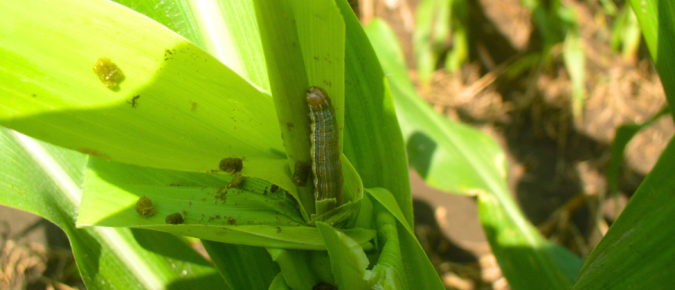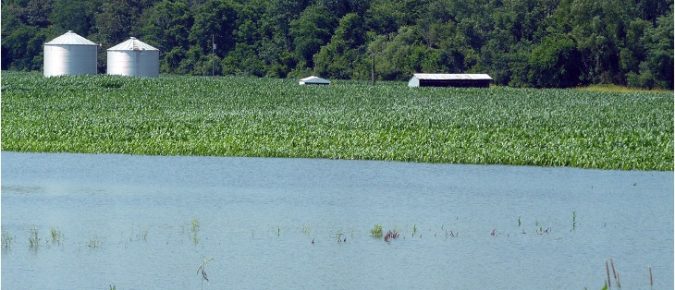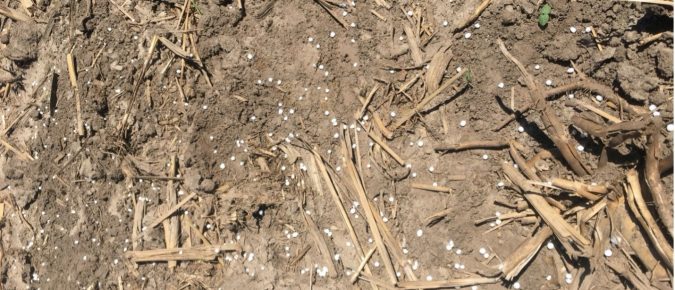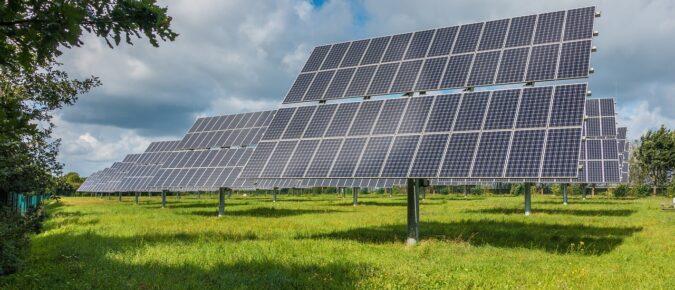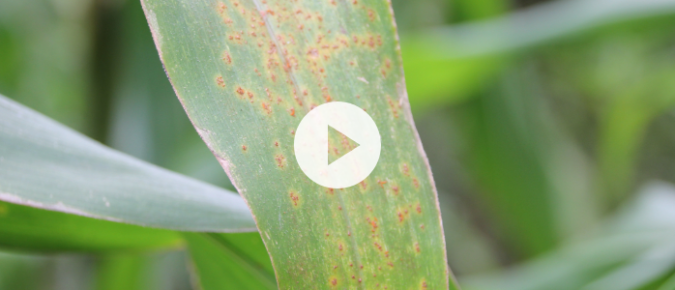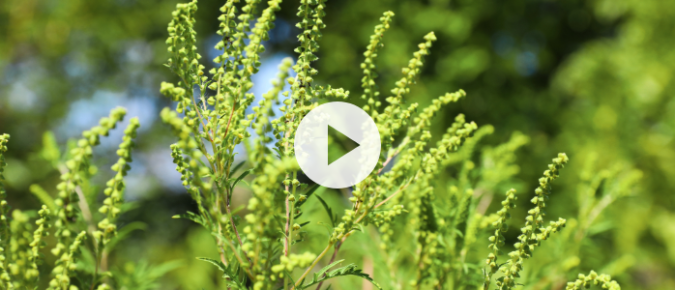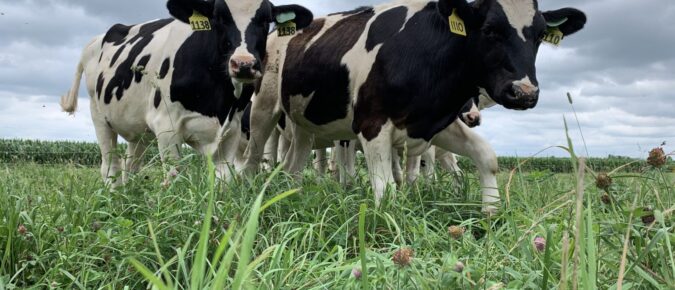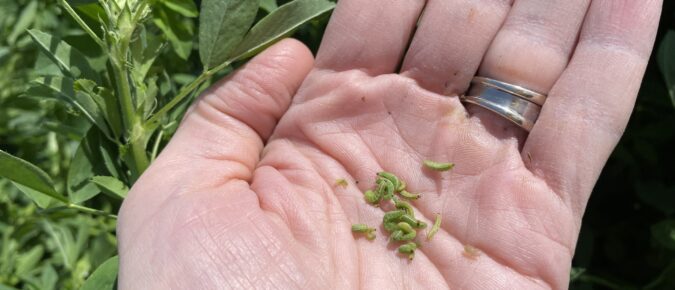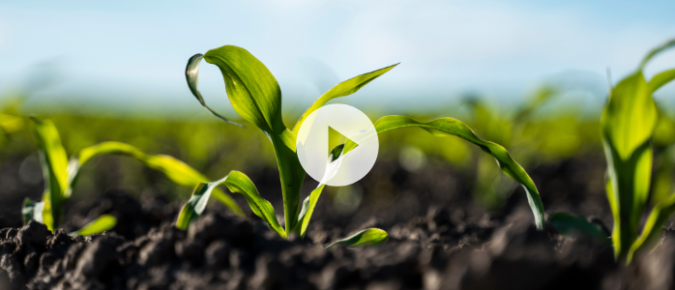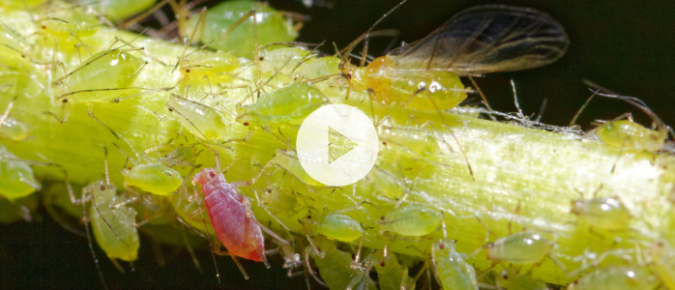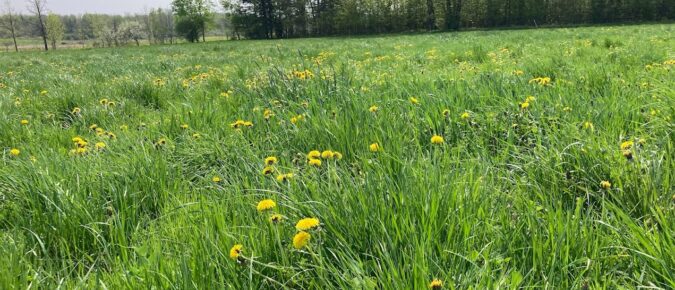True armyworm (Mythimna unipuncta) is a pest of corn and small grains known for migrating in large groups when its preferred food source is depleted. Pastures and grassy hay fields are also at risk of damage.
Farming is a business that cannot avoid weather risks. A significant challenge farmers face is dealing with excessive water, especially flooded and saturated soil.
Various soil and environmental factors such as soil texture, pH, cation exchange capacity (CEC), soil moisture, relative humidity and windspeed at the time of and directly following application affect ammonia volatilization. This article reviews soil properties and environmental factors that affect ammonia loss (AL) from surface applied urea and discuss management strategies to reduce AL from applied urea-based fertilizer.
The explosive growth of solar sites, especially large, utility-scale (>100 MW) sites that require state approval, has put solar in competition with agriculture for land use. Solar grazing increases land use efficiency, yielding two outputs—sheep products (meat/dairy/wool) and solar electricity—where there would otherwise be just one.
The use and adoption of technology in crop production continues to accelerate as new tools are introduced to the marketplace at relatively affordable prices. The options and applications for precision agriculture technology during the planting season are extensive. To better understand the options available and their potential benefits we must be familiar with them and how they work.
The May 22 Badger Crop Connect session features Dr. Damon Smith, Professor and Extension Specialist of Field Crops Pathology. Damon talks about the disease situation in field crops as the field season gets started.
The May 22 Badger Crop Connect session features Dr. Rodrigo Werle, Associate Professor & Extension Specialist of Weed Science.
Like gas and groceries, the cost of trucking and raising dairy heifers out West has gone up. Does this present Wisconsin farmers with an opportunity to lure these animals back to the state with low-input approaches and similar performance standards with well-managed grazing?
Alfalfa is a valuable forage crop in Wisconsin that supports dairy and livestock production. Alfalfa can be threatened by the alfalfa weevil (Hypera postica), an early-season pest that feeds on alfalfa leaves and may severely damage first-crop and second-crop alfalfa fields.
The May 8 Badger Crop Connect session features Chris Bandura, Extension’s Conservation Cropping Outreach Specialist, speaking about nitrogen rate and timing considerations.
The May 8 Badger Crop Connect session features Dr. Emily Bick, an Assistant Professor of Precision Pest Ecology & Extension Specialist for Field & Forage Crops at UW—Madison.
Each year, in May when the dandelions start showing their faces, the most common topic of discussion in the grazing and livestock world is “When can I start grazing?” While those lush, green pastures look awfully inviting after months of feeding hay, farmers must pause and make a wise, informed decision regarding when to start grazing because starting too soon can result in a dramatic shortening of a month or more at the end of the grazing season.

